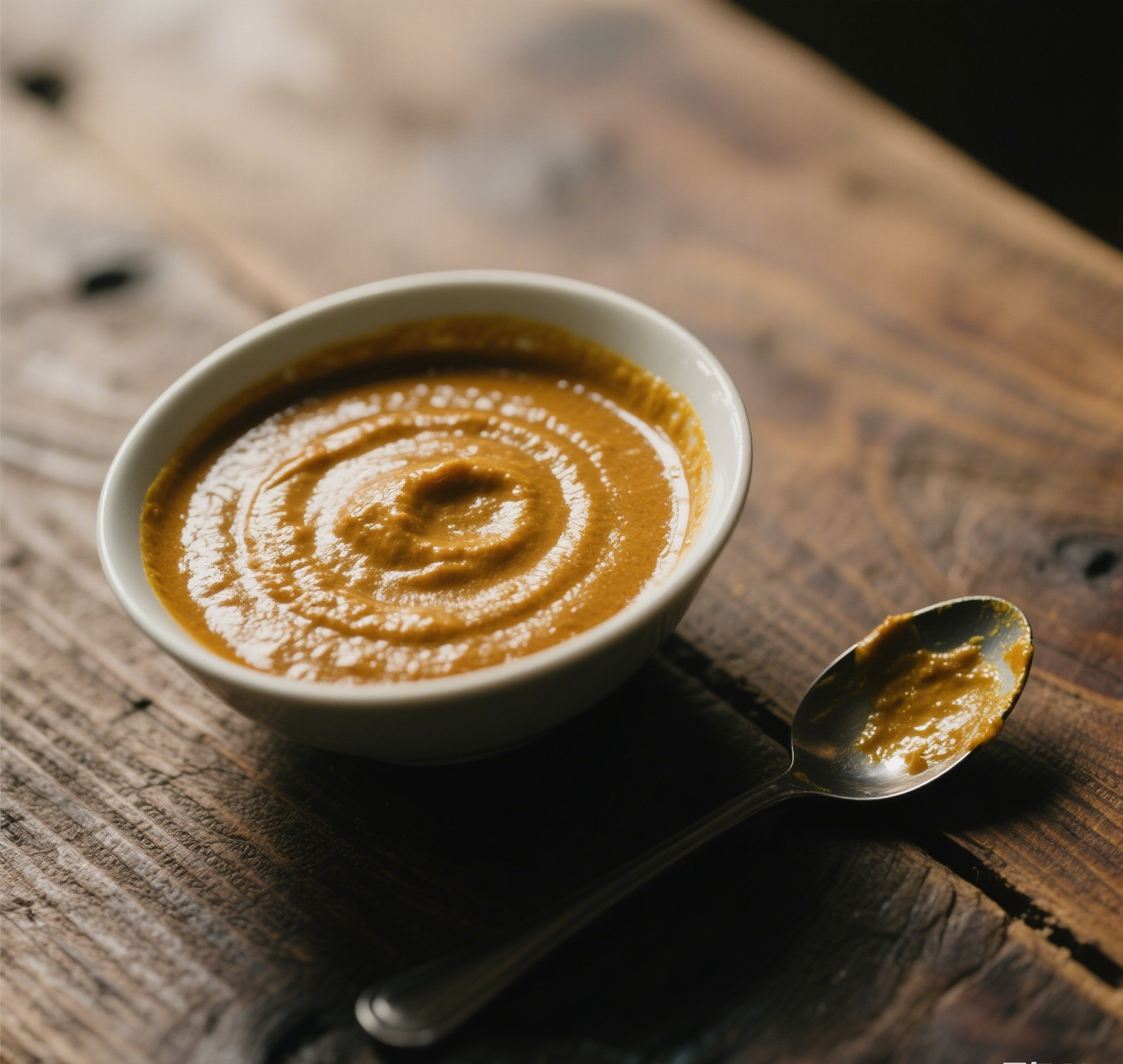Physical Address
304 North Cardinal St.
Dorchester Center, MA 02124
Physical Address
304 North Cardinal St.
Dorchester Center, MA 02124
A Spicy Saga of Global Flavors
Let’s settle this once and for all: Curry is the ultimate culinary globetrotter. It’s like that friend who claims dual citizenship, speaks five languages, and somehow owns a wardrobe of both kimonos and saris. But when it comes to the heated debate—Is curry Japanese or Indian?—the answer is a resounding “Yes.” Strap in for a flavor-packed history lesson, sprinkled with dad jokes and enough spice to make your taste buds passport-ready.

Our story begins in India, where curry isn’t just a dish—it’s a way of life. The word “curry” likely comes from the Tamil kari, meaning “sauce” or “relish.” But here’s the kicker: Traditional Indian cuisine doesn’t actually have a single “curry” dish. Instead, it boasts thousands of regional spiced stews, like vindaloo, korma, and dal, each as unique as Bollywood dance routines.
Indian “curry” is a symphony of spices: turmeric, cumin, coriander, cardamom, and chili, toasted and ground fresh. As food historian Dr. Priya Patel jokes, “Calling all Indian spiced dishes ‘curry’ is like calling every Italian pasta ‘noodle’—technically true, but Nonna will fight you.”
Enter the British Empire, stage left. Colonizers in India fell hard for these aromatic dishes but struggled to replicate them back home. Solution? They invented curry powder—a pre-mixed spice blend that’s to authentic Indian cooking what instant coffee is to a barista. By the 1800s, “curry” became a British pantry staple, sparking a global obsession.
But wait, how did curry reach Japan? Cue Portuguese traders in the 16th century, who brought chili peppers (and the concept of spiced stews) to Asia. Japan’s curry journey, however, truly began in the Meiji era (1868–1912), when the British introduced their version of curry to the Japanese Navy. Yes, you read that right: Japanese curry was born as a naval ration. Talk about a plot twist!
If Indian curry is a freestyle jazz improvisation, Japanese curry is a meticulously orchestrated pop ballad. Thick, sweet, and mild, it’s often made with a roux base (flour, fat, and spices) and ingredients like apples, honey, or even chocolate. Served over rice or stuffed into fluffy kare pan (curry bread), it’s comfort food wearing a tailored suit.
Fun fact: Japan’s most iconic curry dish, katsu curry (fried pork cutlet with curry sauce), was invented in 1948 by a Tokyo restaurant trying to stretch post-war rations. As chef Hiroshi Yamamoto once said, “Japanese curry isn’t Indian—it’s Japan’s delicious midlife crisis.”
Let’s break down the differences like a food critic with a grudge:
| Category | Indian Curry | Japanese Curry |
|---|---|---|
| Spice Level | “Call the fire department” | “My toddler could eat this” |
| Texture | Loose, broth-like | Thick enough to hold a spoon upright |
| Key Ingredients | Freshly ground spices, yogurt, coconut milk | Roux blocks, soy sauce, grated apple |
| Signature Dish | Chicken Tikka Masala | Katsu Curry |
| Philosophy | “Spice chaos is the way” | “Precision is everything, even in curry” |
As comedian and curry enthusiast Rajiv Kapoor quips, “Indian curry slaps you awake; Japanese curry tucks you into bed.”
While India and Japan duke it out for curry supremacy, other nations have joined the party:
As food anthropologist Dr. Emily Spicewell notes, “Curry isn’t owned by anyone—it’s the world’s first fusion food.”
Arguing over curry’s nationality is like fighting over who invented fire. Every culture adapted it to their tastes, climate, and pantry. India gave it soul; Japan gave it structure; Britain gave it… well, a marketing team.
The real magic lies in curry’s chameleon-like ability to evolve. As Indian-Japanese chef Akira Mishra puts it, “Curry is a flavor sponge. It absorbs history, migration, and a little bit of chaos.”
Want to master both styles? Here’s your cheat sheet:
Remember, “A great curry doesn’t need a passport—it needs a hungry human.”
So, is curry Japanese or Indian? The answer is gloriously messy. Curry is a citizen of the world, shaped by trade, colonization, and countless home cooks tweaking recipes in their kitchens. Whether you’re team “spicy masala” or “comfort katsu,” one truth remains: Curry is proof that borders melt when food gets involved.
To quote a viral meme loved by chefs worldwide: “Curry doesn’t care about your nationality. It just wants to hug your rice.” Now go forth, simmer pots of both, and declare yourself a curry diplomat. Your taste buds (and dinner guests) will thank you.